Upgrade Your Seedling Seeder for Higher Productivity
2025-10-15 12:23:55
The seedling seeder has become one of the most critical tools in modern agriculture, helping farmers achieve consistent planting, reduced labor, and improved germination rates. Yet, even advanced models can lose accuracy over time due to wear, poor calibration, or outdated components.
Whether you manage a nursery or a greenhouse, optimizing your seedling seeder can dramatically improve productivity. As a professional China manufacturer with bulk production capabilities, we have gathered practical methods to help you upgrade your seeding equipment and make your planting operation more efficient and reliable.
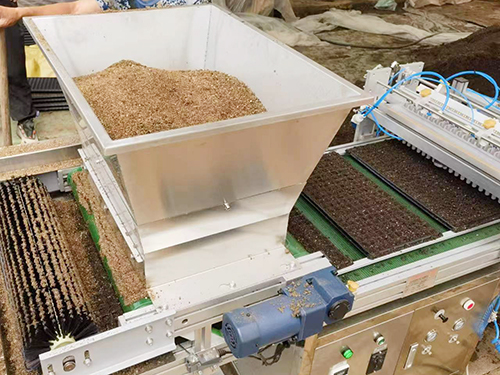
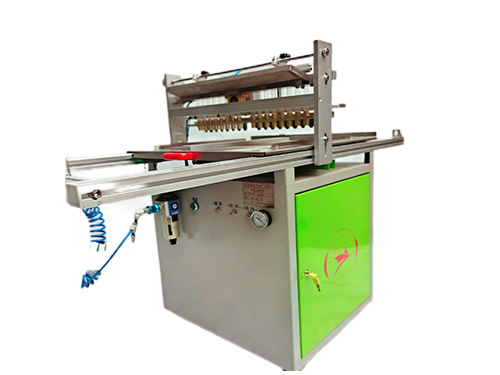
What Makes a Seedling Seeder Essential for Modern Farming
A seedling seeder automates the process of placing seeds into trays, ensuring each cavity receives a single seed with optimal spacing. This automation ensures uniform germination and saves significant labor time compared to manual sowing.
Most seeders use vacuum suction technology, which gently lifts seeds and places them precisely in tray cells. However, over time, suction systems, nozzles, or tray alignments may degrade, leading to reduced seeding accuracy. Upgrading these components restores performance and enhances consistency across production cycles.
Common Challenges That Limit Seeder Efficiency
Even well-designed machines can suffer from common issues that lower efficiency:
·Unstable suction pressure causes double-seeding or missing cells.
·Nozzle blockage due to dust, static, or humidity reduces vacuum performance.
·Rigid tray platforms create misalignment between the nozzle and holes.
·Manual controls limit fine adjustments and slow down large-scale production.
Recognizing these weaknesses is the first step to developing an upgrade plan tailored to your farming needs.
Practical Steps to Upgrade Your Seedling Seeder
1. Enhance the Vacuum System
A stable suction source is the foundation of accuracy. Replace worn-out pumps with adjustable vacuum generators and include a pressure regulator. This upgrade minimizes fluctuations, protecting delicate seeds from breakage.
2. Redesign the Nozzle Structure
The nozzle is where precision begins. Consider switching to anti-static, lightweight polymer materials that prevent seed adhesion and ensure smooth suction. Different seed sizes may require different nozzle diameters—customization is key.
3. Add Tray Alignment Guides
Misalignment often leads to skipped or misplaced seeds. Installing adjustable guide rails ensures that each tray sits perfectly under the suction head, especially in continuous production lines.
4. Adopt an Electronic Control Interface
Integrating an electronic controller or PLC module allows you to automate air pressure adjustment, tray movement, and rotation speed. This transforms a semi-manual seeder into a semi-automatic system—ideal for scaling up without full replacement.
5. Replace Wear Components Proactively
Nozzles, hoses, and bearings degrade over time. Regular inspection and replacement prevent vacuum loss and ensure stable suction. Many China suppliers provide bulk spare parts at low cost, helping you maintain uptime economically.
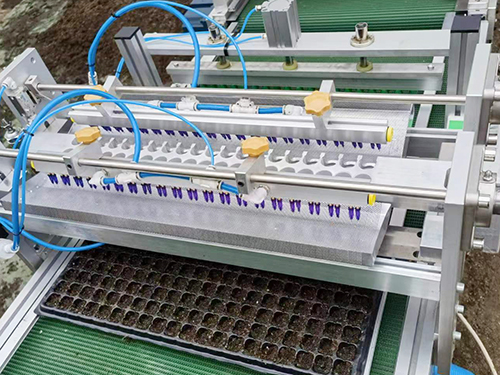
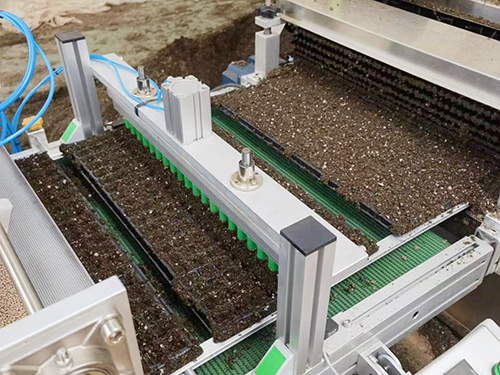
Maintenance and Calibration for Sustainable Operation
Upgrading your seedling seeder is only effective when paired with proper maintenance. Regularly clean suction tips, filters, and air channels to prevent blockages.
Schedule monthly calibration by running test trays—this helps verify that vacuum pressure and nozzle position remain accurate. Consistent calibration guarantees even planting, leading to better germination and healthier seedlings.
For large-scale production, create a maintenance log to record inspection intervals and replacement history. This data helps predict performance trends and avoid downtime during peak planting seasons.
Why China Manufacturers Are Ideal for Seeder Upgrades
Reliable China manufacturers offer high-quality, customizable components for seedling seeders at factory-direct prices. Many provide batch supply and flexible configurations for different seed sizes and planting trays.
By sourcing from experienced Chinese factories, you benefit from:
·Access to modular components that fit multiple seeder types.
·Engineering support for mechanical or pneumatic upgrades.
·Bulk supply options that lower per-unit maintenance costs.
This partnership model allows farmers and nurseries worldwide to maintain efficient, cost-effective seeding systems without replacing their entire machine.
Final Insights: Building a High-Performance Seeding System
Investing time and effort to upgrade your seedling seeder pays off through higher accuracy, better crop uniformity, and reduced seed waste. By focusing on suction consistency, tray precision, and intelligent controls—and by partnering with China suppliers that offer reliable bulk components—you can transform your existing equipment into a high-performance, modern seeding solution.
Agriculture continues to evolve, and the tools you use must evolve with it. A smarter, upgraded seedling seeder is not just a piece of equipment; it’s the foundation of your next harvest’s success.
References
GB/T 7714:Karayel D. Performance of a modified precision vacuum seeder for no-till sowing of maize and soybean[J]. Soil and Tillage Research, 2009, 104(1): 121-125.
MLA:Karayel, D. A. V. U. T. "Performance of a modified precision vacuum seeder for no-till sowing of maize and soybean." Soil and Tillage Research 104.1 (2009): 121-125.
APA:Karayel, D. A. V. U. T. (2009). Performance of a modified precision vacuum seeder for no-till sowing of maize and soybean. Soil and Tillage Research, 104(1), 121-125.

The CNC Seed Braiding Machine is a high-precision, fully automated agricultural equipment s...
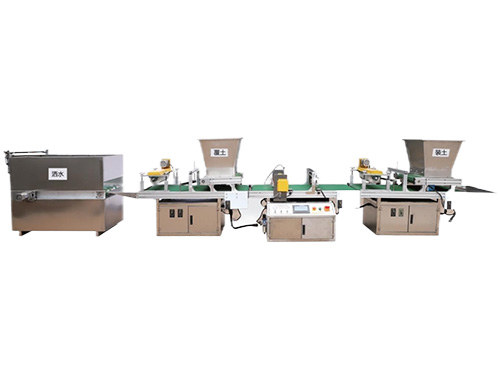
It adopts electrical integration and can be started by pressing the fully automatic button ...
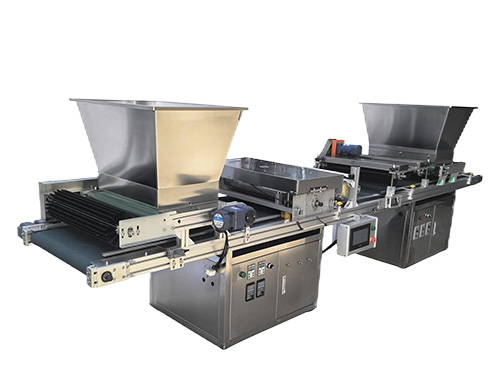
The XP750 seeder has stable performance, excellent product quality, simple and convenient o...
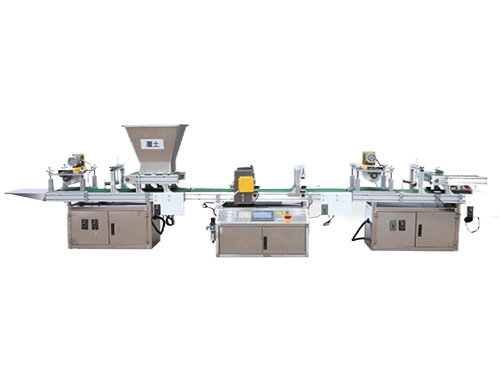
It adopts electrical integration and can be started by pressing the fully automatic button ...



